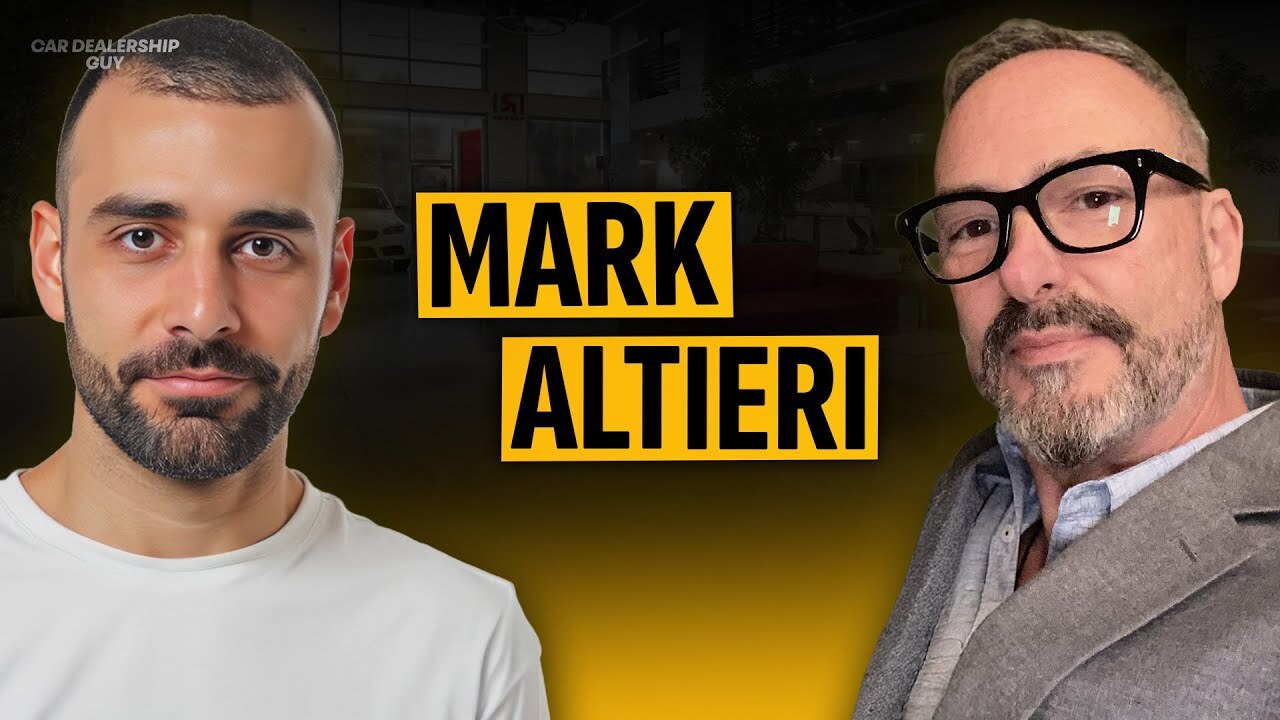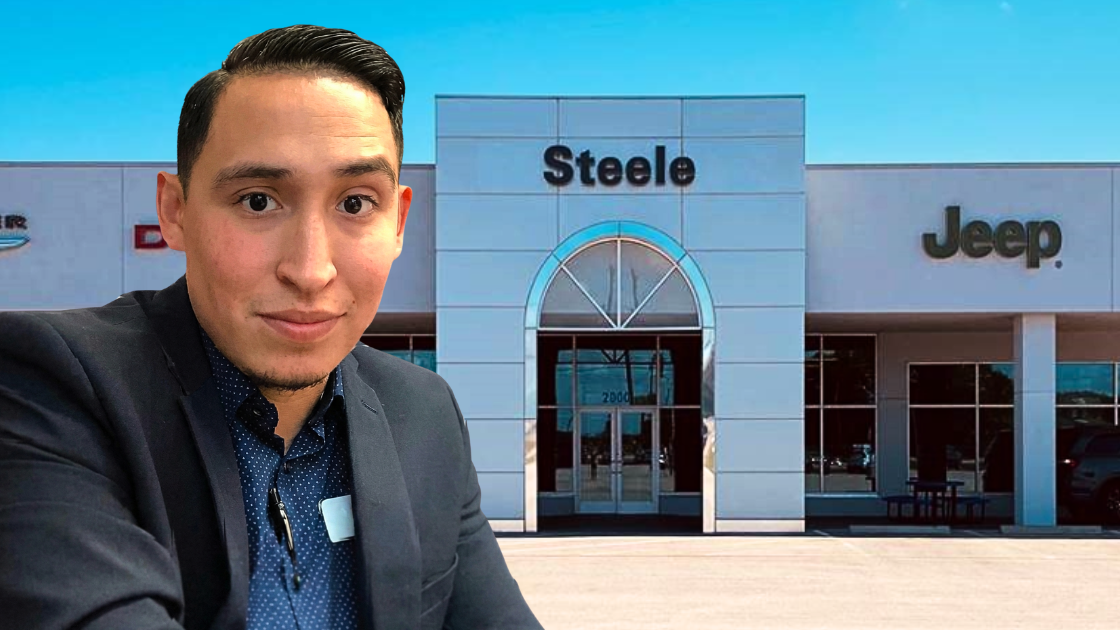At most dealer groups, inventory allocation turns into a tug-of-war. General Managers push for the best units, compete for high-demand models, and ultimately create tension between stores. But Brian Wieland, used inventory director at Van Horn Automotive Group, solved this problem entirely by taking stores out of the equation.
Driving the news: All used car acquisitions at Van Horn Automotive go directly to a centralized facility in Plymouth, Wisconsin. There, the vehicles are reconditioned, photographed, detailed, and turned live online. Essentially, these cars never touch individual store lots until they're ready for sale.
"My buyers decide where the inventory needs to go and where it's going to do the best," Wieland told Daily Dealer Live hosts Sam D'Arc and Yossi Levi. "A store deciding that might be a little biased or maybe get a little too emotional."
Why it matters: The wrong vehicle in the wrong location costs dealers thousands in lost gross profit and depreciation. However, Wieland's system ensures that a luxury sedan goes to the market where it will sell in 30 days, not to the store whose manager asked for it first.
The details: Wieland employs five dedicated buyers who make all placement decisions, and they're incentivized in three different ways:
Buyers must maintain forecasted inventory levels at each store.
They must hit specific monthly turn rates at each location.
Each store must achieve its used vehicle sales forecast.
Yes but, the system also includes one operational decision that protects buyers from factors beyond their control.
"I reset the clock on those vehicles when they get delivered to the store," he said.
The reason: Reconditioning time varies based on vehicle condition and shop capacity, and Wisconsin law prohibits merchandising vehicles not ready for safety inspection anyway.
Yet, the system works because Wieland trusts his experienced team (buyers average 9.5 years with the company), while providing clear performance boundaries. Rather than micromanaging purchase decisions, he encourages calculated risk-taking.
"I want them to make mistakes and I want them to buy some cars and I want them to learn," he said. "I don't really try to handcuff them because then they won't buy any cars."
Bottom line: Brian's model proves that removing human bias from allocation decisions can turn inventory distribution into a profit engine. Dealer groups that continue allowing store-level lobbying and "favoritism" are essentially paying for the privilege of inferior vehicle placement.
A quick word from our partner
It’s all inside the machine.
Minimizing risk and maximizing profits is about more than knowing what’s happening today. It’s about seeing what’s around the corner.
The Lotlinx VIN Manager is the industry’s first inventory data platform that presents powerful insights and predictions at the intersection of inventory management, customer data, and media consumption data.
Promote Smarter
Procure More Effectively
Price with Precision
Gain Unparalleled Market Clarity
Visit lotlinx.com to see how the Lotlinx machine can power your dealership.

OUTSMART THE CAR MARKET IN 5 MINUTES A WEEK
No-BS insights, built for car dealers. Free, fast, and trusted by 55,000+ car dealers.












